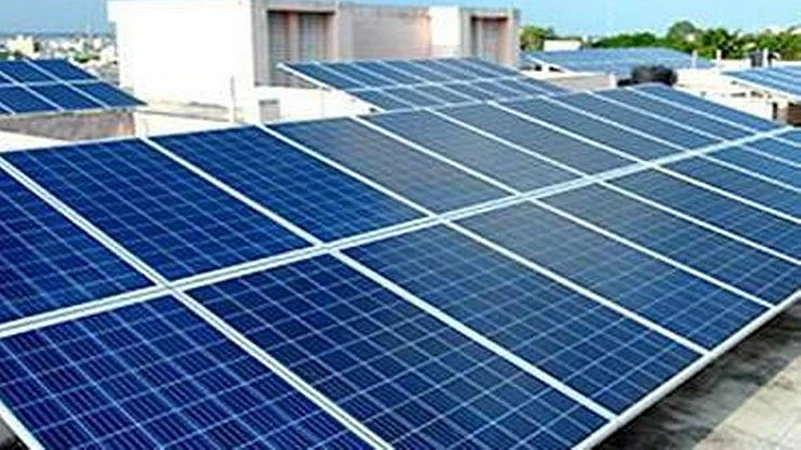With energy investment priorities shifting worldwide, the solar sector is poised to scale the $ 500 billion mark by 2024, propelled by an expected average annual investment of $ 444 billion through 2030. As countries work towards clean energy and net-zero goals with renewed urgency, sustainable and resilient energy systems will continue to be swept up by a surge in investments, in the years to come.
The World Solar Investments 2024 Report points to the dramatic increase in solar investments, which climbed from $144 billion in 2018 to 393 billion in 2023. This year, solar investments are expected to surpass all other renewable energy technologies combined. Fossil fuel investments have fallen from 49% of total energy funding in 2018 to a projected 36% in 2024. Alongside, clean energy investments have grown from 51% to 64%.
Advertisement
A key driver of the solar boom has been the significant drop in solar panel costs—down by about 30% over the last two years, making solar power more accessible worldwide.
Asia Pacific Leads Solar Investment
According to the International Solar Alliance (ISA), the Asia Pacific (APAC) region is leading the charge in solar investments. In 2023 APAC countries invested $ 223 million in solar, followed by Europe the Middle East and Africa (EMEA) at $ 91 million. Rising electricity demand, supportive government policies and abundant sunshine fuelled this growth, particularly in India and China.
Among the other notable factors driving the surge in solar investment, is the spiralling demand for electricity across the APAC region, accompanied by government intervention, which includes supportive policies and subsidies. Technological advancements and the availability of abundant sunshine in these countries too are major growth factors.
Advertisement
Rooftop solar installations are especially popular in these regions. India, for instance, has introduced the PM Surya Ghar Yojana to subsidise residential solar projects with the aim of reaching 30 GW of rooftop solar capacity by 2026.
Growth in Solar Manufacturing and Jobs
In 2023, approximately 346 GW of new solar PV systems were commissioned globally, translating into a 73% increase from 2022, the largest annual growth in solar capacity since 2011. Global solar manufacturing capacity is set to surpass 1100 GW by the end of 2023, well above the demand for PV panels.
The transition from fossil fuel to green energy is sparking a boom in job opportunities, with the solar industry emerging as a major job generator. ISA reports that global employment in the solar PV sector reached 7.1 million jobs in 2023, up from 4.9 million in the previous year.
India’s Solar Progress: Drivers and Barriers
India's PV capacity reached a record 72.8 GW in 2023 with 9.7 GW added within the year. Among the major drivers of this growth include competitive solar tariffs, strong government initiatives like the National Solar Mission and rooftop solar schemes. However, the World Solar Market Report, 2024 highlights challenges such as increased taxes on solar components, land acquisition issues and difficulties in securing project financing as possible stumbling blocks in India’s solar journey.
Solar Energy’s Path Ahead
With countries enabling a strong focus on renewable energy, especially the solar sector, the global capacity of jobs in the sector is expected to reach 7,203 GW by the year 2030. As per forecasts of the solar report, the global solar capacity is set to skyrocket to between 5457 GW and 7203 GW by 2030, driven by Paris Agreement commitments. This surge highlights the massive push in infrastructure that is needed to meet the global climate goals.















 Just one email a week
Just one email a week